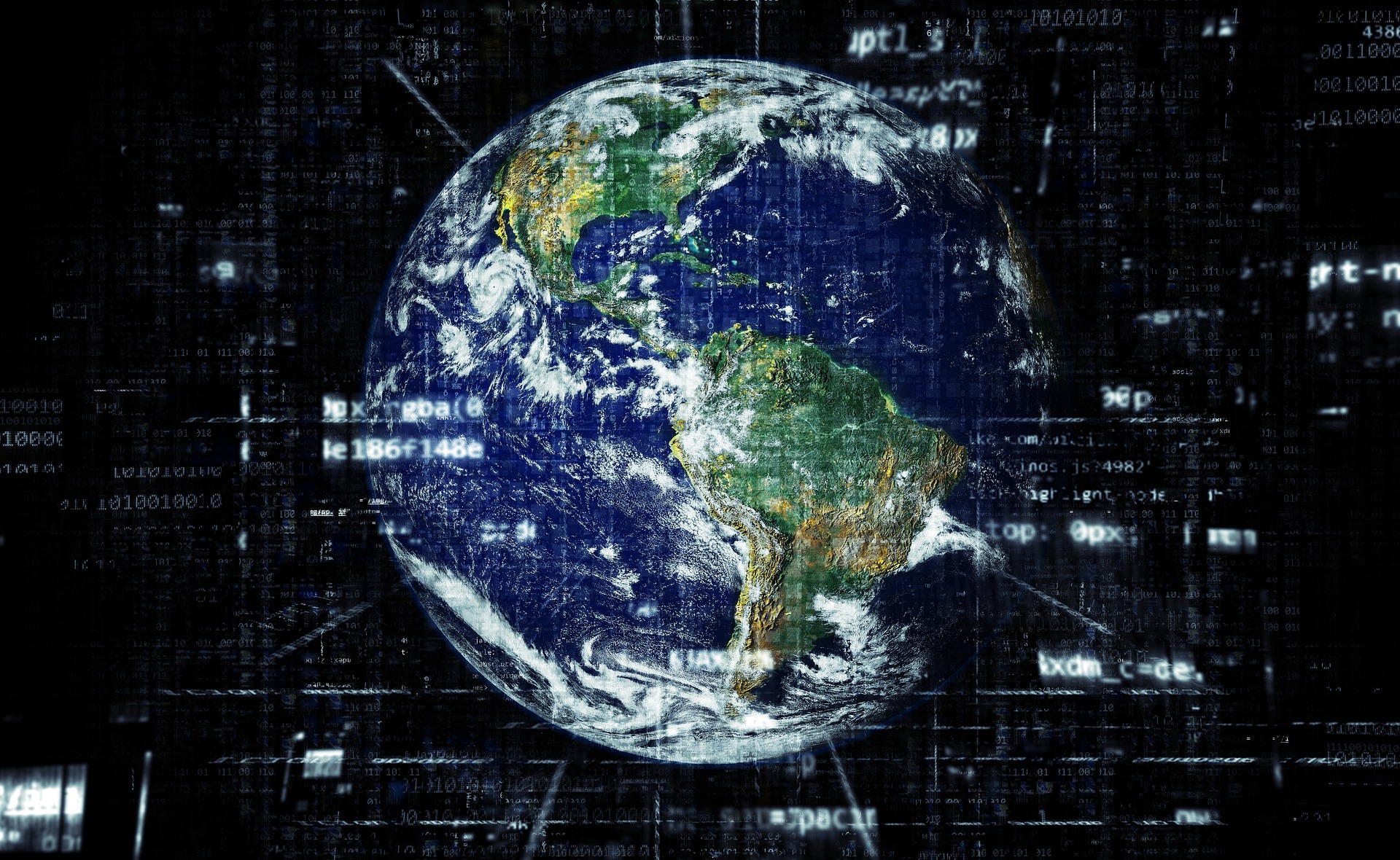The internet is a series of tubes.
That's the catchphrase that defined the dot-com era, and it's still going strong today. It's easy to forget that the internet is not just "a series of tubes," but a series of tubes with people in them—people like you and me, who are constantly trying to make sense of this strange new world we've found ourselves in.

if you’re reading this, then I’m assuming you’re just as confused as I am about how you ended up here. Maybe you were searching for something on Google or checking your email, but whatever it was, somehow we ended up together—you reading this longread and me writing it! That’s right: YOU’RE READING MY LONGREAD RIGHT NOW! It’s the craziest feeling, isn’t it? Like we’ve been transported into some kind of alternate universe where anything can happen!
But no matter what happens next—whether it be an earthquake or an alien invasion or an attack from ISIS—we will always have each other. And also: our internet connections!
so The internet is a series of tubes.
It’s a sentence that made you think, “Wait, what? The internet is a series of tubes?”
But it’s true. The internet is literally made up of tubes (and some wires). And those tubes are full of water.
You’ve probably heard the phrase “information superhighway” before, but did you know that it refers to the same thing? That’s right—the internet is literally a series of pipes filled with water and information.
The term “information superhighway” was coined by Al Gore in 1998 when he was still vice president in an attempt to make people feel better about their slow dial-up connections. The term stuck because it makes things sound exciting and futuristic, even though they’re not really any faster than they were 20 years ago.
The reason we call it the “information superhighway” instead of something like “a series of pipes,” or even just “the plumbing,” is because we’re trying to make ourselves feel like something more than just humans who rely on technology for our daily lives. We like to pretend that we live in some kind of sci-fi world where everything works perfectly all the time.
That’s the quick explanation, and it’s not even wrong. But you might be surprised to learn that there’s more to it than that! For example, did you know that there are actually four different kinds of tubes? And did you know that each tube has its own special job and purpose?
We’re here to help you understand the four types of tubes that make up the internet—and what happens when they don’t work like they’re supposed to.
The first type of tube is called “the backbone.” This one is super important: It carries all of your data from one place to another, regardless of whether or not anyone actually wants it there. The second type is called “the feeder line,” and it delivers content directly into your home or office (or wherever else) in real time. The third type is called “the radial artery,” which keeps small portions of content flowing where they need to go within a single location—for example, from one computer to another within your house or office building. And finally we have “piping,” which helps us manage all our data by making sure it’s properly labeled so we know where everything belongs at any given moment in time.
The Internet is a network of networks that allows computers to communicate with each other. The World Wide Web is just one way to use that network: by connecting to a server through a web browser (like Chrome or Safari), you can access files and pages stored on other servers across the world.